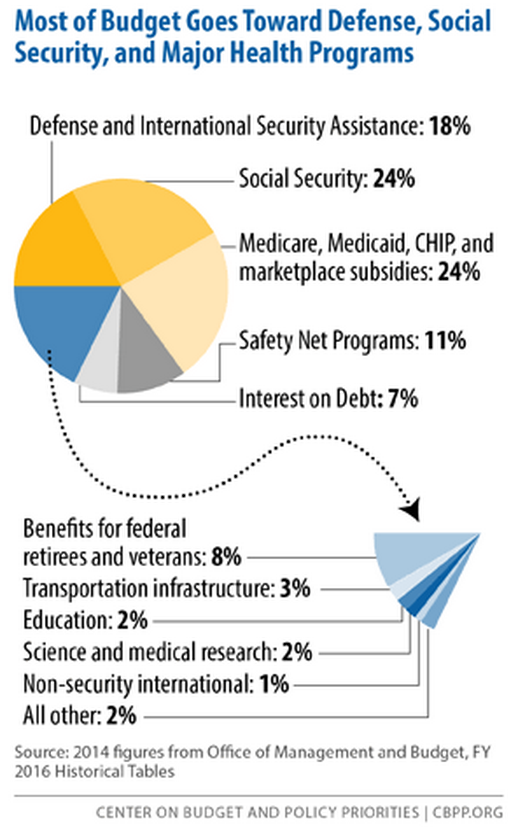Last Friday, for the 34th time since 2009, President Obama signed a three month “patch” to extend federal transportation funding for three months. The signing came on the heels of a flurry of activity, with the House passing the short-term bill on Wednesday, and the Senate on the following day.
Before passing the patch, the Senate also passed a 6-year, $350 billion bill (approximately $58 billion a year), a slightly larger outlay than the $52 billion provided each year through MAP-21. These numbers may sound large, but attend any meetings focused on funding solutions for large-scale transportation problems in the region, and you’ll no doubt encounter lamentations about “austerity” and “belt-tightening” on the federal level.
So the question becomes, is the federal government spending adequately on transportation projects? The answer depends on where you are when you ask.
In the New York metropolitan region, we have some serious public transit problems:
- the MTA Capital Program is underfunded by $9.8 billion
- the Port Authority Bus Terminal needs to be replaced, and it’s projected to cost about $10 billion
- the rail tunnels under the Hudson River need to be replaced, a project that could cost upwards of $13 billion
Again, these are major investments, but in context, they would be tiny slivers of the federal funding pie — a pie that gives precious little to transportation, and even less to transit.

Transportation comprises 3 percent of total spending, less than half of what we spend on debt spending. Spending on mass transit is even less, at just under $11 billion, only about $2.4 billion of which goes to the New York metropolitan region. That’s less than one-tenth of one percent of the federal budget for a metropolitan region that
- produces 8 percent of the national GDP
- pays a disproportionate per capita share of taxes
- has 4.26 billion transit trips per year and
- as Vice President Biden highlighted last week, “will only become bigger and more influential in the world… New York leads America, that’s been the story.”
If the region is going to lead America, the aging passenger rail tunnels under the Hudson River, which carry 200,000 passengers each day, might be a good place to start. An investment in those tunnels is an investment in the entire Northeast Corridor, which connects four of the nation’s 10 largest metropolitan areas and generates $3 trillion in economic activity each year. Shutting down that corridor for one day could cost the nation $100 million.
Failure to keep the region’s transportation network running has global implications too. Can the United States continue to be a global player in the 21st century when
- China has been spending hundreds of billions on rail, and is currently working on a high speed rail commuter network in and around Beijing
- Germany’s per capita investments in rail and transit are double that of the U.S.
- Japan spends nearly three times as much as the United States per capita on rail.
When Congress returns from recess, it must heed the Vice President’s words by recognizing the importance of the New York metropolitan region to the country as a whole by making more money available for these transit projects over the life of the next bill.
A previous version of this post said the Hudson River tunnels carry 400,000 people each day. It has been corrected.

[…] Tri-State Makes the Case for More Federal Investment in NY Region’s Infrastructure (MTR) […]
The richest city in the richest metropolitan area is crying for money?